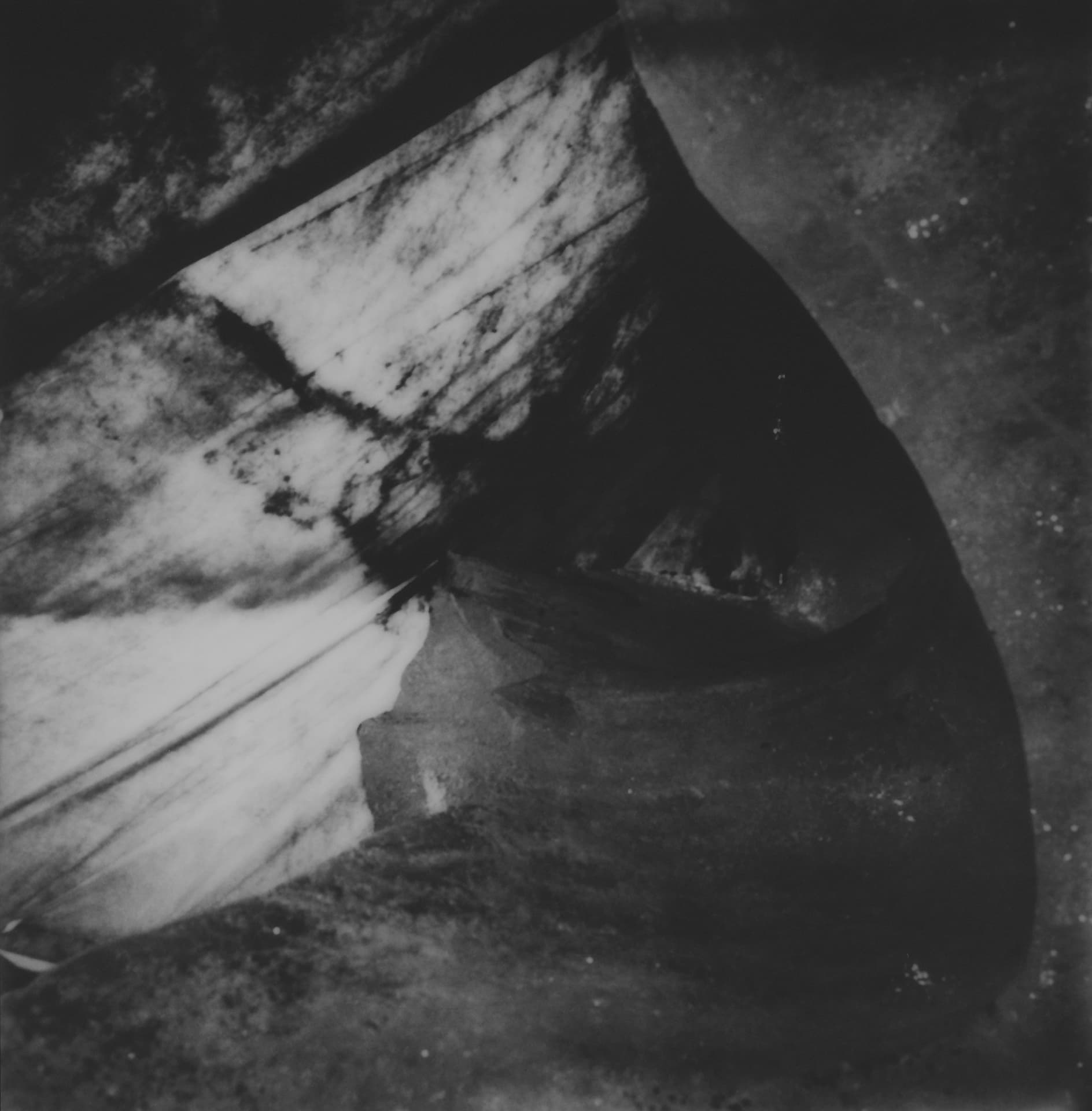For a long time, we believed, or wanted to be believed, that the role of photographers was to reproduce the world, to witness its upheavals, its beauty, its evolution. Most of those who produce images have been part of the development of this collective naïveté, which is wholly irrational and has more to do with worshipping icons than with an objective appraisal of the facts. It is precisely in the name of this – undemonstrated, and rightfully so – “objectivity” which allegedly founded a photographic ‘truth’, that the press, globally developed and imposed itself. That was before the current new practice and perception of images, where billions of people produce what they think are photographs with their cellphones.
Thanks to the more reasonable argument – audacious even twenty-five years ago – that photographic practice produces an absolutely subjective point of view, combining a personal perception of the world with an invention of an aesthetic proposal to share emotions, times have clearly changed. And it is obvious that photography asks more questions than it offers answers. Photographers don’t need to claim their right to freedom and vision anymore.
Dimitra Dede is clearly one of those photographers who use the world and their experience of space, people, time, shapes, to produce images that express their feelings, and stem from a deep necessity. In her case, the light invents details and sculptures in a dark world and captures silver grains to create vibrations in grey areas, caressing curves and lines, producing emotion and surprise. In her photographs, a hand, a body, a glacier, a female sex, clouds, a face, a tree, a body or a rock are equivalent. Pretexts to make an image, to provoke it, to generate it. For this reason Dimitra Dede considers them as raw material that she works, scratches, transforms, and mutates so as to create a world that exists only in the image, a floating world anchored to a disappeared reality. Time has stopped, or it became eternal, we don’t know, as it is strictly photographic and has nothing to do with that of our clocks.
Glaciers have now structures, between fabric and flesh. Glances, when there are any, emerge from a nebula. Between the body and the rocks, a new relationship mysteriously appears.
This is another definition of photography. One of artists who try to find in the real and physical world correspondences to their inner world, to their emotions, pains or happiness of a moment. Without ever hiding behind the pretense of an illusory “objectivity”. A beautiful way, even if it can sometimes be uncomfortable, to say “I”.
Text integral en: © Christian Caujolle
















